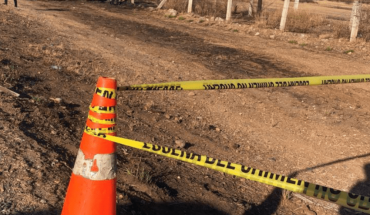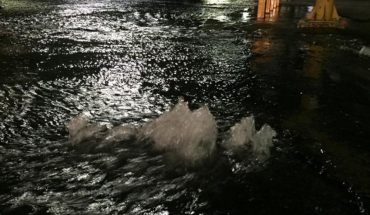according to a recent study by Boulder, the withdrawal of the glaciers in the Canadian Arctic have discovered landscapes that have not been free of ice at over 40,000 years and the region can experience his century more cali do over 115,000 years. The study, published today in the journal Nature Communications, used radiocarbon dating to determine the ages of the plants collected in the edges of 30 ice caps in the Baffin Island, West of Greenland. The island has experienced a significant warming during the summer in recent decades.” The Arctic is warming up now two or three times faster that the rest of the world, so, naturally, the glaciers and ice caps will react more quickly”, said Simon Pendleton, doctoral researcher and principal author in the Institute of Arctic and Alpine CU Boulder. Research (INSTAAR).
Baffin Island is the fifth largest in the world Island, dominated by fjords deeply incised separated by plateaus of high lift and low relief. “We traveled to the margins of ice in retreat, take samples of the newly exposed plants preserved in these ancient landscapes and give data to the plants to get an idea of when advanced ice on that location,” said Pendleton. In August, researchers collected 48 samples of 30 different layers of ice Baffin.Una time samples were processed, the researchers found that these ancient plants in 30 layers of ice had probably been covered by the ice for at least 40,000 years.
“In contrast to biology, which has spent the past three billion years developing schemes to avoid being impacted by climate change, glaciers do not have a strategy of survival”, said Gifford Miller, lead author of the research and Professor of Geological Sciences at CU Boulder. When compared with the temperature data reconstructed from Baffin and Greenland ice cores, the findings suggest that modern temperatures are the warmest century for the region in 115,000 years and Baffin Bay will be completely free of ice in the next centuries.
“” Normally expected to see different ages of plants in different topographic conditions “, said Pendleton.” We have not seen anything so pronounced like this before”, said Pendleton.
In this note:





